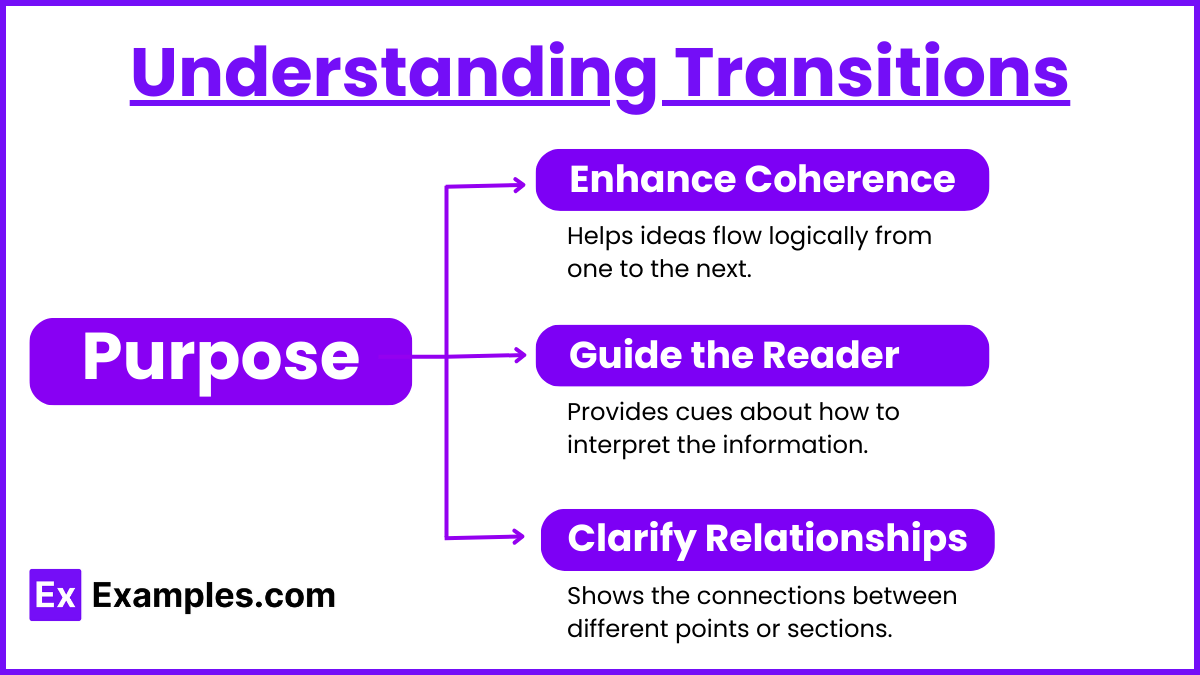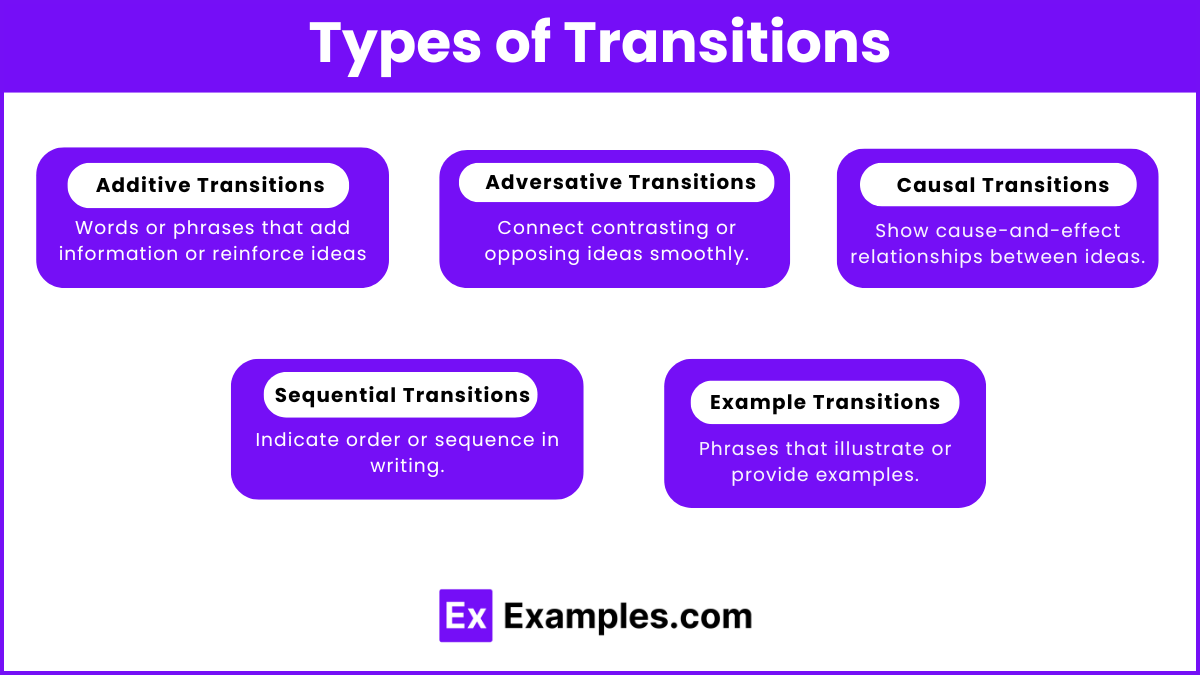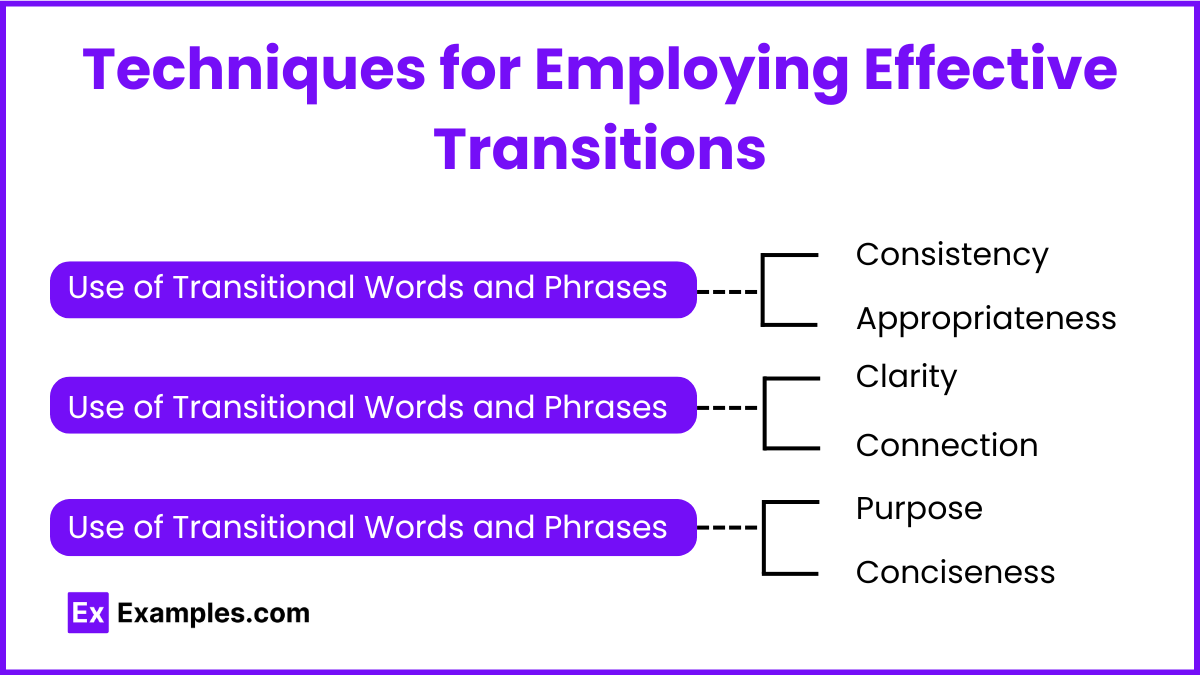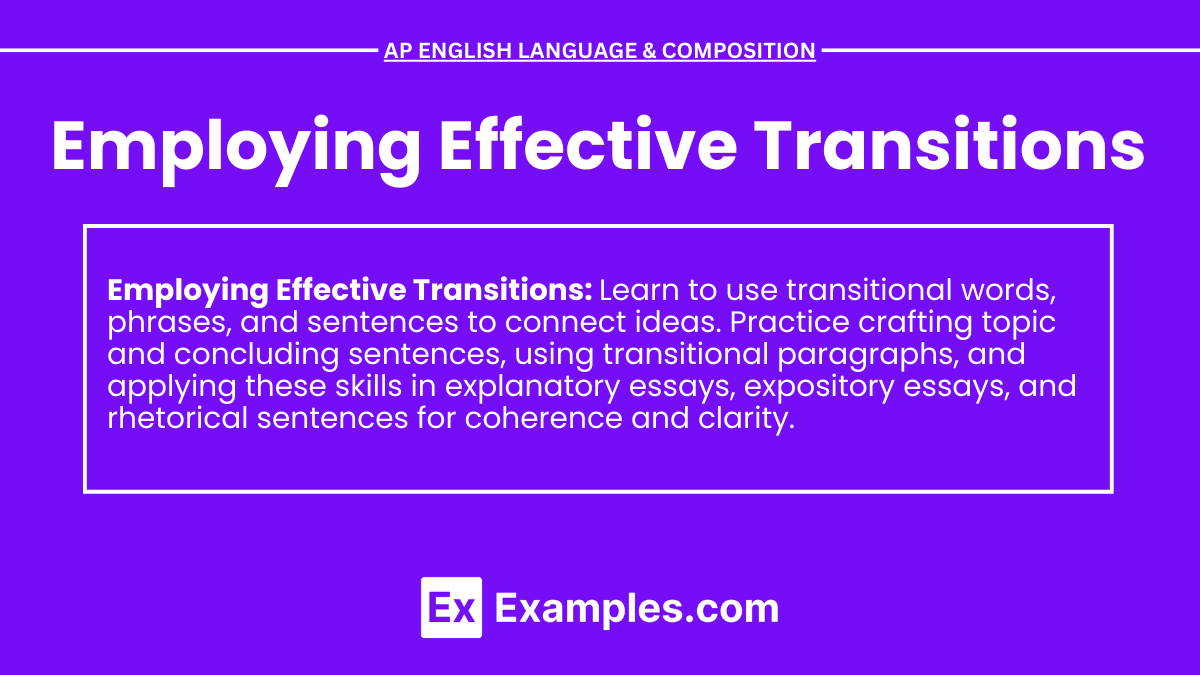In the AP English Language and Composition exam, employing effective transitions is crucial for creating cohesive and persuasive essays. Transitions help connect ideas smoothly, ensuring that your rhetorical sentences and cumulative sentences flow logically. Whether you are crafting an argumentative speech or engaging in argumentative writing, using appropriate transitions enhances the clarity and coherence of your arguments. Mastering this skill is essential for guiding readers through your essay, making your writing more impactful and easier to follow.
Learning Objectives
By studying the topic of employing effective transitions, students will achieve several key learning objectives. They will learn to enhance their critical thinking skills by logically connecting ideas in explanatory essays and expository essays. Students will develop the ability to craft cumulative sentences and rhetorical sentences that smoothly link different parts of their writing. They will understand how to maintain coherence and clarity throughout their essays, culminating in a strong final thesis statement. Mastery of these techniques will enable students to produce well-organized, persuasive essays and coherent essays.
Understanding Transitions

Definition
Transitions are words, phrases, or sentences that link different parts of your writing, ensuring a smooth flow of ideas and aiding in the logical progression of your argument.
Purpose
- Enhance Coherence: Helps ideas flow logically from one to the next.
- Guide the Reader: Provides cues about how to interpret the information.
- Clarify Relationships: Shows the connections between different points or sections.
Types of Transitions

Transitional Words and Phrases
- Additive Transitions
- Purpose: To add information or reinforce ideas.
- Examples: “Furthermore,” “Additionally,” “Moreover,” “In addition,” “Also”
- Adversative Transitions
- Purpose: To contrast or oppose ideas.
- Examples: “However,” “On the other hand,” “Conversely,” “Nevertheless,” “But”
- Causal Transitions
- Purpose: To show cause and effect.
- Examples: “Therefore,” “Thus,” “Consequently,” “As a result,” “Because”
- Sequential Transitions
- Purpose: To indicate order or sequence.
- Examples: “First,” “Second,” “Next,” “Then,” “Finally”
- Example Transitions
- Purpose: To provide examples or illustrate points.
- Examples: “For example,” “For instance,” “To illustrate,” “Such as”
Transitional Sentences and Paragraphs
- Topic Sentences
- Definition: A sentence that introduces the main idea of a paragraph.
- Purpose: Signals the transition from one idea to the next within the essay.
- Concluding Sentences
- Definition: A sentence that wraps up the ideas of a paragraph.
- Purpose: Summarizes the paragraph and provides a link to the next section.
- Transitional Paragraphs
- Definition: A short paragraph that bridges two sections of an essay.
- Purpose: Helps transition between major sections or points, maintaining overall coherence.
Techniques for Employing Effective Transitions

Use of Transitional Words and Phrases
- Consistency: Ensure that transitions are used consistently to maintain the flow.
- Appropriateness: Choose transitions that fit the relationship between ideas.
Crafting Topic Sentences and Concluding Sentences
- Clarity: Make sure each topic sentence clearly introduces the new idea.
- Connection: Ensure concluding sentences summarize the paragraph and link to the next idea.
Using Transitional Paragraphs
- Purpose: Use transitional paragraphs when shifting between major sections to maintain coherence.
- Conciseness: Keep transitional paragraphs brief and to the point.
Examples
Example 1: Additive Transitions
- Without Transition: “Solar energy is renewable. It reduces electricity bills.”
- With Transition: “Solar energy is renewable. Additionally, it reduces electricity bills.”
Example 2: Adversative Transitions
- Without Transition: “Wind energy is efficient. It can be inconsistent.”
- With Transition: “Wind energy is efficient. However, it can be inconsistent.”
Example 3: Causal Transitions
- Without Transition: “The factory closed. Many workers lost their jobs.”
- With Transition: “The factory closed. As a result, many workers lost their jobs.”
Example 4: Sequential Transitions
- Without Transition: “First, preheat the oven. Mix the ingredients. Bake for 20 minutes.”
- With Transition: “First, preheat the oven. Next, mix the ingredients. Finally, bake for 20 minutes.”
Example 5: Transitional Sentence
- Topic Sentence: “Another significant benefit of renewable energy is its impact on public health.”
- Concluding Sentence: “Therefore, renewable energy not only protects the environment but also promotes healthier communities.”
Example 6: Transitional Paragraph
- Transitional Paragraph: “Having discussed the environmental benefits of renewable energy, it is also important to consider its economic advantages. The next section will explore how renewable energy can drive economic growth and job creation.”


